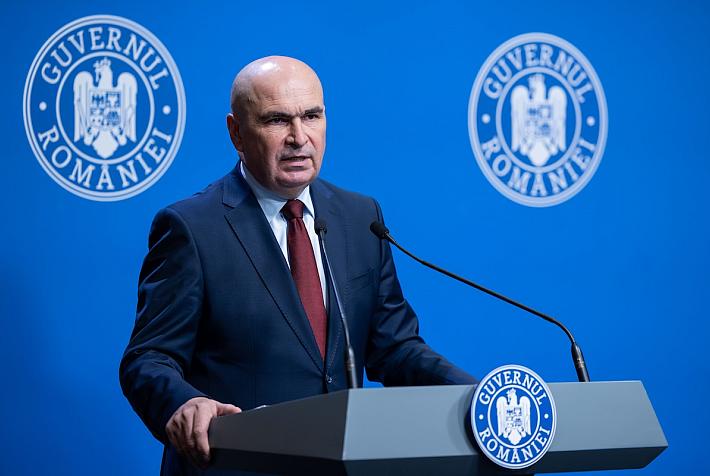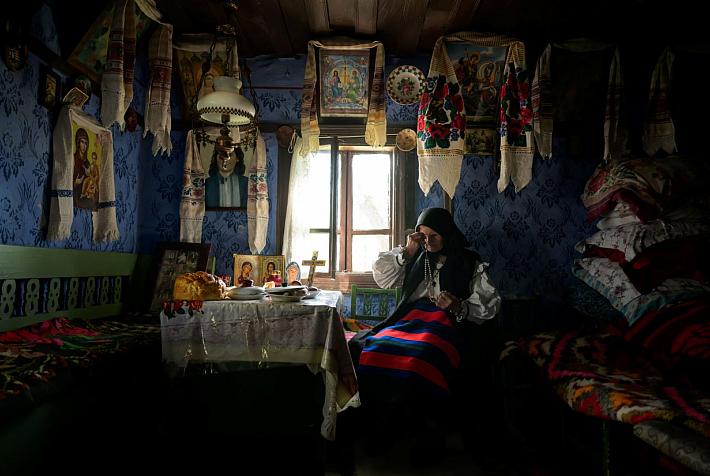Workplace hurdles: different cultures working together

 Different nationalities working together, different cultures mixing in the working place could lead to a tough combination, especially for the leader of the team. We have received the following story from one of our readers. It involves British, Indian and Colombian colleagues. What do you think would have happened if any of these people in the story were replaced with Romanians?
Different nationalities working together, different cultures mixing in the working place could lead to a tough combination, especially for the leader of the team. We have received the following story from one of our readers. It involves British, Indian and Colombian colleagues. What do you think would have happened if any of these people in the story were replaced with Romanians?
By Irina Budrina
A team of young engineers from an UK University had to work on an R&D project called “Environment friendly cars in the future”. The team consists of five British and four Indian guys and a Colombian woman, who is the leader of the team. The project should be completed in six months and the first draft with some tests results should have been sent to the University supervisors one week before the Christmas. It was planned to be sent but …
The team is going through on a rough path and no results have been achieved so far. Indians want to work only with Indians and want to give most of the benefits to their friends, because they have been working together before in other projects. Everyone wants to make sure that their own ideas are put into practice instead of others'. The way that everyone approaches and understands the main concerns are different and very few are actually concerned with the deadline. Indians and British people have different working habits, a different perception of time, a way of talking to people, even a different way of using mobile and land phones during meetings. Given all these, where do you think this team will be in 6 months?
Culture is a concept of multiple meanings. It is a practice shared by people within a community, the filter we use to interpret our existence and direct our actions. Our own culture is something that makes us feel at home in our place of work, in our country, our family, among the colleagues of the same profession, and in our ethnic groups. Culture is what we say and do together with other people in ways which distinguish us from other groups. Within our own cultural community, we take culture for granted and do not think about it.
When misunderstandings arise between people of different nationalities, it will often be explained with reference to the cultural differences between them, because it is so obvious that they speak different languages, perhaps dress differently and have different body languages and ways of greeting and talking together.
As long as we are within our own culture, we use our autopilot because we are moving in a known environment where routines and ways of acting and speaking are automatic habits. It is easy to make oneself understood by others, and we have no problem understanding what’s going on.
But as soon as we enter a different culture, the autopilot must be deactivated, and we have to engage manual control and pay more attention as we are in a situation where we are not quite certain what would be the right or wrong thing to do or to say. We have to become aware that we are wearing our cultural glasses and that others are wearing their cultural glasses and experiencing things the other ways.
For example, the different ways in which national cultures experience the distance between two people. When a person from Sweden and a person from Spain are having a conversation during a reception, one notices how the Swede is slowly backing away in order to increase the mutual distance. The Spaniard experiences big distance as a weak contact which may be about to be broken and the Swede experiences short distance as insecurity and a feeling that the other person is very pushy. But when the Swede meets Japanese, however, it is the Japanese person who will be backing around the room.
Coming back to our example about a team of engineers, let’s see which cultures we are dealing with: Colombian, British and Indian.
Question: What should we recommend the team-leader (A Colombian woman) to do with the other members of the group? How can she make them work together?
Some hints about these cultures:
Indian managers feel that they are treated as subordinates rather than partners in their relationships with UK businesses and are subjected to prove and to demonstrate their professional competence and expertise. UK managers are also viewed as ‘one-dimensional’, ‘mechanistic’ and caught in a short-term transactional mindset, whilst Indian managers emphasize longer-term relationship building to get strategic benefits.
Indian managers also experience a rigid approach to time management that influences business results. To them, centralized authority within UK corporate culture is inflexible in responding to dynamic business approaches.
Colombians tend to communicate in an indirect and subtle manner. It is important not to offend others and always be as diplomatic as possible. Meaning is conveyed through non-verbal forms of communication and often ‘yes’ or ‘maybe’ are preferred to ‘no’ to avoid losing face and maintain harmony. Hierarchy is an important part of Colombian business culture and should be respected whenever possible.
Most decisions are made from the top by the senior members of staff, though often opinions and consensus is sought from subordinate employees. In Colombian business culture, cultivating close personal relationships and building trust are considered vital components for a successful working environment.
What do you think would happen if any of these team members were to be replaced with Romanians? We will explore these options in our next article. Feel free to send your suggestions, as well as questions and actual stories involving intercultural communications to Irina Budrina at irina-budrina@hotmail.com

Irina Budrina has a degree in Psychology from Moscow State University (Personality and Cross-cultural Psychology, Psychology of Advertising, PR and Marketing) and Institute of Psychoanalysis, Moscow. She holds a Master’s degree from EMBA program (Temple University Japan-USA). Irina has worked with INSEAD Global Leadership Center and professor Manfred Kets de Vries on Case-studies about Russian leaders. She is currently working and living in Bucharest, Romania. She is a doctorate student at ASE.











